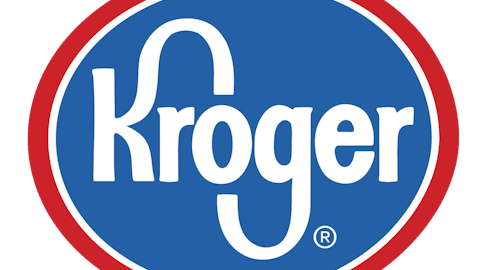Safeway Inc. (NYSE:SWY) is an ailing business. Its margins have declined for four straight years. Sales are stagnant. It faces tremendous competition. Employees, 80% of whom are unionized , are generally unhappy with the company: According to more than 600 reviews posted on Glassdoor.com, only 37% of employees would recommend it to a friend. To put that in context, 74% of Whole Foods Market employees would recommend the company to a friend, and 75% of Wegmans employees would recommend their employer to a friend.
Safeway Inc. (NYSE:SWY)’s employees also don’t take such good care of their customers, according to survey data by the American Customer Satisfaction Index (not to mention my experience). In 2012, Safeway Inc. (NYSE:SWY) received the second-worst customer satisfaction score among all the supermarkets tracked. Only Wal-Mart fared worse. My mother, for one, would rather drive 20 minutes to the nearest Wegmans than patronize the Safeway just five minutes from my parents’ house. Wegmans’ prepared foods, deli items, and overall selection are better, and the employees are nice and helpful. For her, it’s worth the extra drive, and I know many other people feel the same.
Another challenge for Safeway Inc. (NYSE:SWY) is its obligations on and off the balance sheet. The company has nearly $6 billion in debt, and last year analysts at Credit Suisse estimated that Safeway’s multi-employer pension plans were underfunded by $7 billion before tax. For all those reasons, I’d be shocked to see Safeway Inc. (NYSE:SWY) succeed and grow over the next five to 10 years. Better businesses will step in to serve consumers — Wegmans, Trader Joe’s, and Whole Foods Market among them.
Meanwhile, AOL, Inc. (NYSE:AOL) has a flawed strategy. Its goal is to use the declining cash flow from its dial-up business to invest in Internet content that can be monetized via advertising. Unfortunately, the economics of AOL, Inc. (NYSE:AOL)’s ad-based content strategy don’t work. The company’s Brand Group, which houses its Internet properties such as The Huffington Post, lost $33 million last year and $48 million in 2011. Internet advertising is a brutal business, as the supply of content seems to continually outpace demand for advertising. The companies that succeed in Internet advertising, like Google, are not generally content-producers; they are technology and distribution platforms. Nevertheless, AOL, Inc. (NYSE:AOL) CEO Tim Armstrong seems dead set on this foolish strategy. In the end, his hubris will benefit neither the company nor its shareholders.
Foolish bottom line
Shorting stocks can be fun, but it’s a highly risky strategy. Investors should think twice before borrowing shares to sell short.
The article Why I Short Stocks originally appeared on Fool.com and is written by Brendan Mathews.
Brendan Mathews owns shares of Google. He is short shares of Safeway, AOL, and Homeowners Choice. The Motley Fool owns shares of Google and Whole Foods Market.
Copyright © 1995 – 2013 The Motley Fool, LLC. All rights reserved. The Motley Fool has a disclosure policy.




